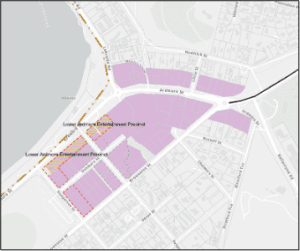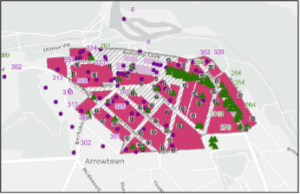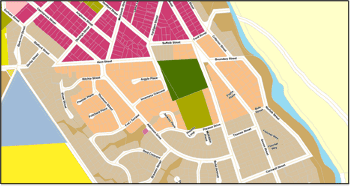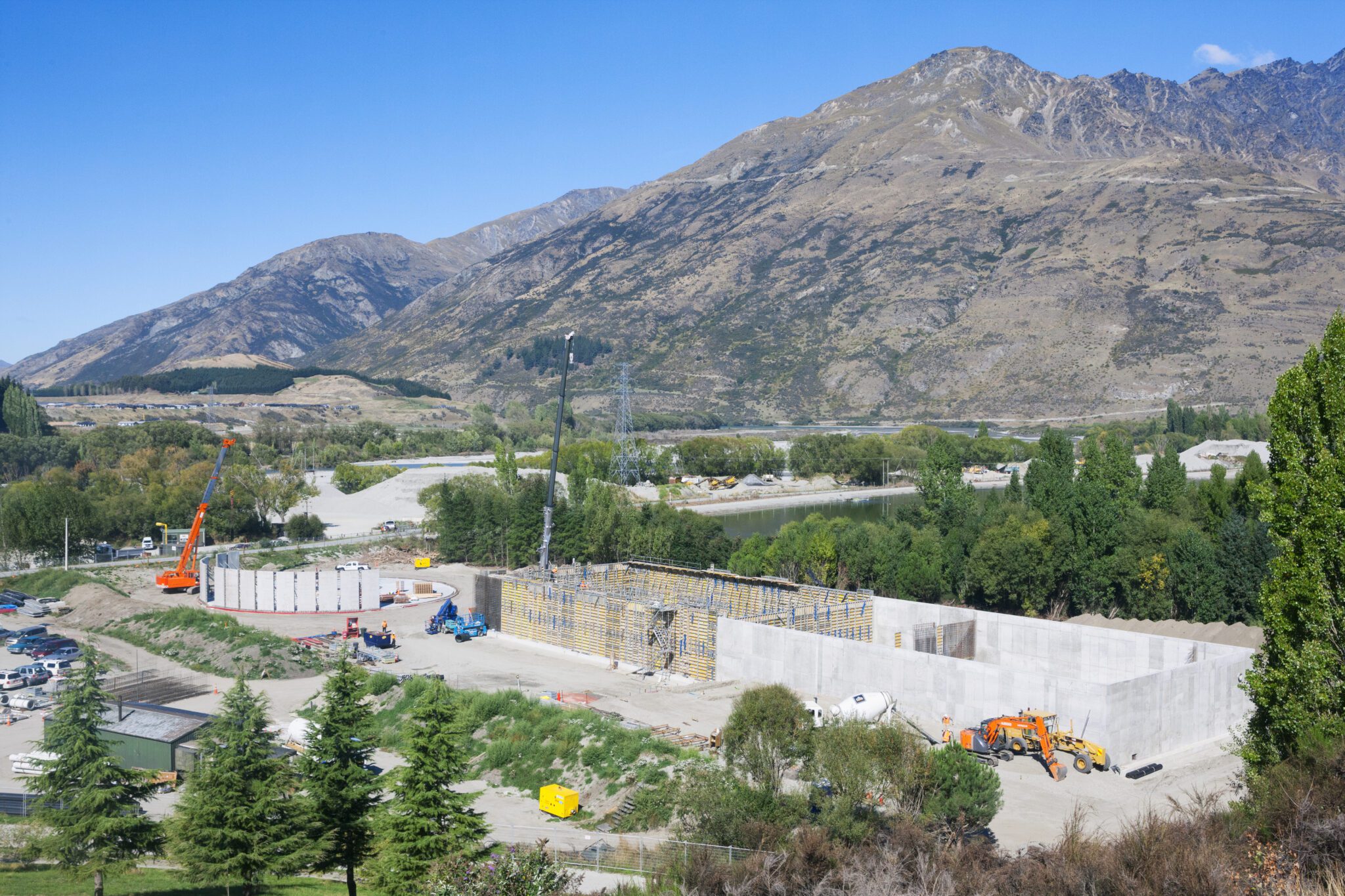Queenstown Lakes District Council (the Council) has prepared proposed changes to the Queenstown Lakes Proposed District Plan (PDP). The changes are proposed through the Urban Intensification Variation (Variation).
The submission period has now closed.
What are the changes?
The Variation seeks to amend the PDP by increasing heights and densities in residential and business zones close to the commercial centres in Queenstown (including Arrowtown), Frankton and Wānaka to enable intensification of development.
The Variation also includes amendments to planning provisions:
- to recognise the benefits of intensification;
- to ensure adequate amenity values are provided for within intensification areas; and
- to ensure that intensification can be serviced.
Why?
The Variation is designed to give effect to the National Policy Statement on Urban Development (NPS-UD), specifically the intensification directive (Policy 5), but also the wider directives of the NPS-UD.
Key requirements that the PDP needs to give effect to include:
- District Plans are required to enable heights and density of urban form that are commensurate with the greater of:
- The level of accessibility by existing or planned active or public transport to a range of commercial activities and community services; or
- relative demand for housing and business use in that location.
- District Plans need to provide for at least sufficient development capacity to meet expected demand. For housing it needs to be for both standalone dwellings and attached dwellings, and for business land it needs to be for different business sectors.
- The rules and policies within the District Plan also have to be individually and cumulatively consistent with the development outcomes described in the objectives for each zone.
What does this mean?
The Variation seeks to release considerable development potential by ‘upzoning’ some areas, including along the northern side of Frankton Road, some areas in Frankton, Arrowtown and Wānaka, but does not amend existing urban growth boundaries. The tension between enabling a well-functioning urban environment that can deliver housing and business capacity for future generations is finely balanced alongside protecting existing character and amenity for those living within the impacted communities.
Infrastructure to service the proposed intensified land use will be a key consideration for the panel of Commissioners delegated by the QLDC to determine the Variation. The QLDC planning assessment identifies existing district wide challenges with stormwater management and traffic that will inevitably be compounded by unlocking further development potential. QLDC propose to manage these issues through design and consenting assessment.
TABLE 1: SUMMARY OF CHANGES | |
Zone | Changes to Provisions |
RESIDENTIAL ZONES | |
Lower Density Suburban Residential Zone (LDSRZ) |
|
Medium Density Residential Zone (MDRZ) |
|
High Density Residential Zone (HDRZ) |
|
TOWN CENTRES | |
Queenstown Town Centre Zone (QTTCZ) |
|
Wānaka Town Centre Zone (WTCZ) |
|
BUSINESS ZONES | |
Business Mixed Use Zone (BMUZ) |
|
Local Shopping Centre Zone (LSCZ) |
|
What are the exemptions?
Due to specific features or characteristics some areas are not suitable for intensification. The Variation adopts constraint overlays to restrict development within these areas. The following constraints have been identified by the Council:
Queenstown Town Centre (Special Character & Heritage)

Queenstown’s town centre contains an existing Special Character area, which reflects:
- A number of heritage features and buildings, and
- Three Historic Heritage Precincts found along Ballarat Street and on Marine Parade
Given that historic heritage is a matter of national importance under Section 6(f) of the RMA, the Variation proposes to exclude these areas and retain the low-rise characteristics of buildings here.
Wanaka Town Centre

Development within the Wanaka Town Centre is already managed by a Character Guideline, and the proposed option for intensification aims to provide a balance between building height and density increases. The Variation seeks to achieve balance by excluding the Height Precinct 1 (red dashed line above) from the proposed amendments. The Variation introduces a 16.5m height limit within the Town Centre, which is a comparatively lower height than the 24m height Limit proposed in Queenstown Town Centre. The Character Guideline remains relevant to Council’s assessment process when a consent application is required.
Arrowtown Town Centre

The historic fabric of the Arrowtown ‘Old Town’ remains sufficiently intact and the essence of early Arrowtown heritage remains. For these reasons, and section 6(f) of the RMA, no changes to the Arrowtown Town Centre Zone or the Arrowtown Residential Historic Management Zone are proposed.

However, the proposed changes to existing LDSRZ and MDRZ zones still apply to areas not inside the Historic Management Zone or the Historic Heritage Precinct. For example, the existing MDRZ zone will therefore be subject to MDRZ intensification provisions (12m height limit).
Where can I get more information?
For full details of the above exemptions and more information on the variation, please visit the Council website: Proposed Urban Intensification Variation (arcgis.com)
Can I have a say in this?
The submission period has now closed.
What happens next?
A summary of submissions will be prepared by Council and notified for further submissions. Further submissions will be sought and a hearing set. Submitters who wish to be heard will speak at the hearing. Following the hearing the Council will give public notice of its decision. Every submitter then has the right to appeal the decision to the Environment Court.
Any questions?
If you have any questions, please contact a member of our Resource Management team.
Disclaimer: The content of this article is general in nature and not intended as a substitute for specific professional advice on any matter and should not be relied upon for that purpose.




